Summary
- Third-level spells are crucial for wizards in D&D, offering power and independence from the party.
- Animate Dead allows players to create undead minions, adding a dark twist to gameplay.
- Spells like Conjure Barrage and Daylight provide strategic advantages in combat situations.
Third-level spells are special for players who run a wizard in Dungeons & Dragons. These spells let players know their wizard has arrived, and they can finally step out of the shadow of the party’s fighters and stand on their own. For divine spellcasters, this is the spell level where they finally have control over life and death.

Related
Dungeons & Dragons: The Most Useful First-Level Spells, Ranked
There are a lot of different classes in Dungeons & Dragons that use magic, while there are many spells, these are the best first level ones.
There are so many great third-level spells that it can be difficult deciding which ones a character should memorize, even when their class, spec, and backstory are taken into account. This list will hopefully make things a little easier for players who can’t decide what third-level spells will be the most useful.
Updated on December 20, 2024, by Alfredo Robelo: Third-level spells are the moment spellcasting characters start to feel truly powerful, no matter if they are full casters like wizards or half casters like rangers. The 2024 Player’s Handbook added new and improved spells for all levels, so we’ve updated this article to reflect that.
19
Animate Dead
|
School |
Class |
Description |
|---|---|---|
|
Necromancy |
Cleric, Wizard |
Raise a minion from a corpse. |
The necromantic dream of owning your own undead army is perfectly possible within the rules of Dungeons & Dragons, all thanks to the Animate Dead spell. You need a corpse or a pile of bones (medium or small creatures only; you can’t make a minion out of a dragon’s carcass), summoning the appropriate creature depending on the materials: a Skeleton or a Zombie.
The best part is that, technically, you can keep the minion forever, assuming it survives the combat encounters it faces and that you keep casting the spell on it every 24 hours. Using a higher spell slot allows you to summon two more creatures per level of the slot, but remember that most settlements prefer their taverns Zombie-free.
18
Conjure Barrage
|
School |
Class |
Description |
|---|---|---|
|
Conjuration |
Ranger |
Fire a cone of damage from your weapon. |
Rangers have always been good at dealing with one singular enemy, mostly due to their class being centered around Hunter’s Mark. As such, they excel at boss fights, but have trouble dealing with swarms of minions, often focusing on a few key targets while the wizard takes the Fireballing credit.
This is why spells like Conjure Barrage exist, letting rangers live the dream of firing a rain of arrows against their foes. However, you don’t have to be using a ranged weapon to cast the spell, you could just point your sword forward and have multiple copies fly forward; the damage won’t be altered in any way.
17
Daylight
|
School |
Class |
Description |
|---|---|---|
|
Evocation |
Cleric, Druid, Paladin, Ranger, Sorcerer |
Create a light source that counts as sunlight. |
There are, without a doubt, easier ways to illuminate an area than a third-level spell slot. A torch will do the trick most of the time, although Daylight comes with the added benefit of dispelling magical darkness created by any form of spell of level three or lower.
However, the real benefit of the spell comes in campaigns where you face vampires. Granted, you won’t always be facing these types of enemies, but they are popular enough that an easy way to deal with them is appreciated, and the 2024 Player’s Handbook fixes the wording of the spell: it now functions exactly like sunlight, activating all vampiric vulnerabilities.
16
Sending
|
School |
Class |
Description |
|---|---|---|
|
Divination |
Bard, Cleric, Wizard |
Send a short message across the planes. |
Communication is key, even when it comes to D&D. Not only do you want to keep an open line of communication between yourself and other players, but it doesn’t hurt to do the same in-game. Sending makes it possible to keep a party connected even if they’re apart.
You can send a 25-word-or-less message to any creature you’re familiar with, and it can respond back to you. You can use it at any distance and even message people on different planes, though there is a five percent chance of the spell failing.
15
Stinking Cloud
|
School |
Class |
Description |
|---|---|---|
|
Conjuration |
Bard, Sorcerer, Wizard |
Create a cloud that poisons enemies. |
The name of this spell describes the basic premise of this handy AoE ability. The caster causes a yellow and green cloud of acrid gas to spread over a 20-foot radius in the area of their choosing. Any creature within the area of effect has to make saving throws against poison, and their vision is obscured.
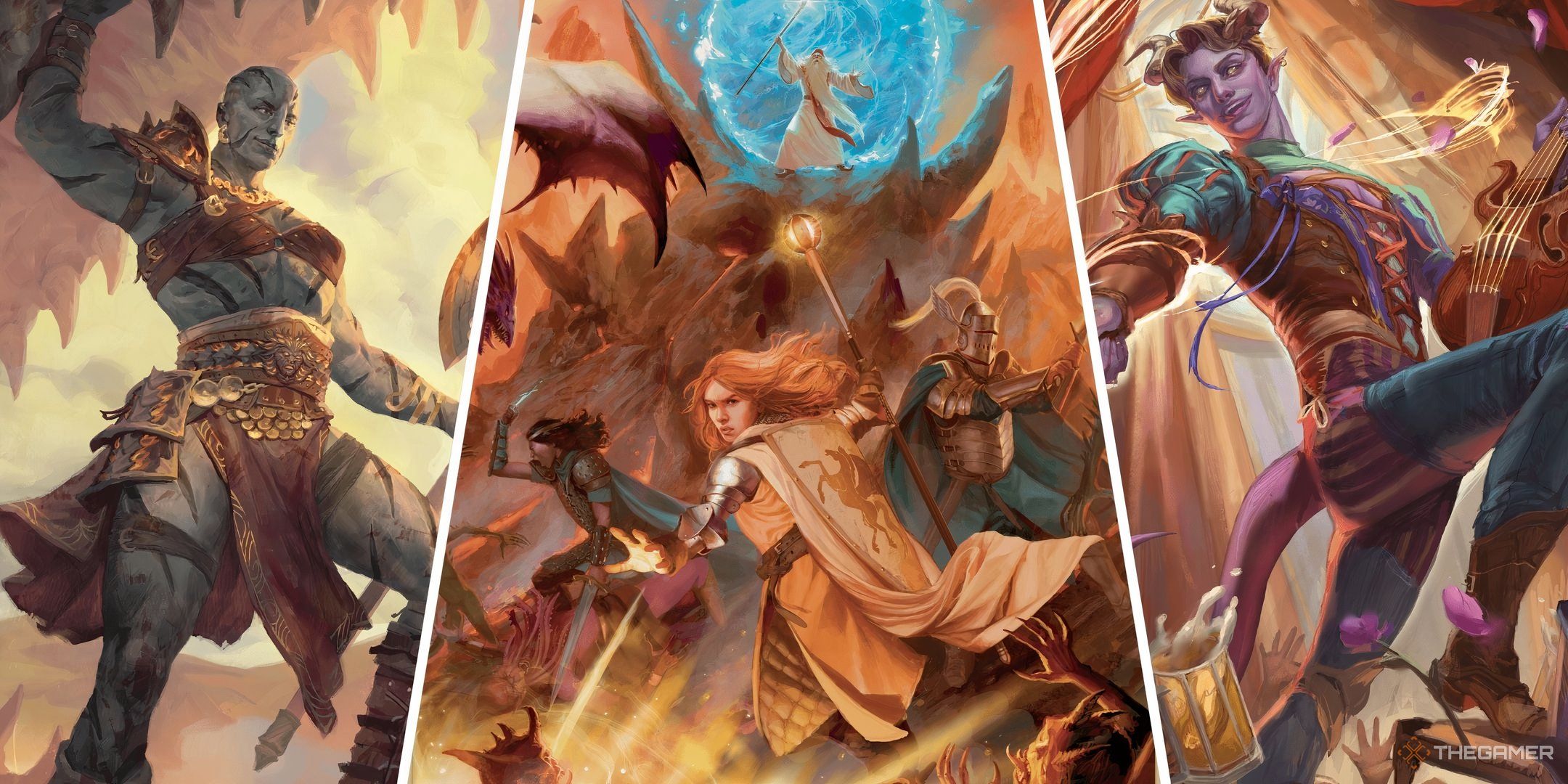
Related
Dungeons & Dragons: 10 Tips For Better Character Creation
Don’t fall back on the mundane; make better characters for your next campaign.
Stinking Cloud is a handy spell for clearing out corridors or rooms with multiple enemies and is often used as a crowd-control spell. It should be noted that the spell doesn’t work as well indoors, where a stiff wind can disperse it after only one round instead of the standard four.
14
Major Image
|
School |
Class |
Description |
|---|---|---|
|
Illusion |
Bard, Sorcerer, Warlock, Wizard |
Create a near perfect illusion |
Major Image is a pretty powerful Illusion spell that Warlocks, Sorcerers, Wizards, and Bards can cast. It lets you create the image of just about anything no larger than a 20-foot cube with near-perfect accuracy. Where other illusion spells have their limits, whatever you cast using Major Image includes smells, sounds, and temperatures appropriate to what you’re casting.
You can even move and alter its appearance with an action. Any creature that touches or examines the image can figure out it isn’t real. But at the very least, it makes for a great distraction.
13
Haste
|
School |
Class |
Description |
|---|---|---|
|
Transmutation |
Sorcerer, Wizard |
Give allies an extra action. |
Haste is one of those spells that was much better in previous editions of D&D, but even this watered-down version is one of the more useful third-level spells. Haste, as the name suggests, makes a character move with supernatural speed and quickness. The recipient’s speed is doubled, but this isn’t the only benefit; a hastened character also receives a +2 to their armor class.
Lastly, Haste gives the recipient an extra action on their turn. This extra turn can only be used for a weapon attack, dash, disengage, hide, or use an item or object. The only drawback is a hastened player becomes fatigued for a round when the spell expires.
12
Dispel Magic
|
School |
Class |
Description |
|---|---|---|
|
Abjuration |
Bard, Cleric, Druid, Paladin, Ranger, Sorcerer, Warlock, Wizard |
End spells of lower level. |
Dispel Magic is one of those spells that players might not use that often, but when needed, the party will be thankful the arcane spellcaster didn’t just memorize another Fireball. Dispel Magic automatically dispels a third-level spell or less on a person, place, or object. It can dispel a spell effect higher than 3rd, but this requires a DC check of 10 + the spell’s level.
This fantastic utility spell could be used to remove a negative spell effect from a party member, temporarily render a magic item nonmagical, or remove a magical trap like a glyph of warding. It cancels an area of effect spell hindering or hurting the party.
11
Counterspell
|
School |
Class |
Description |
|---|---|---|
|
Abjuration |
Sorcerer, Warlock, Wizard |
Stop a creature from casting a spell. |
Sometimes the best way out of trouble is to not get into trouble in the first place. Counterspell lets you stop the process of a spell being cast within 60 feet and only uses a Reaction. If the spell is a third or lower, that spell fails and takes no effect.
If it’s fourth or higher, you have to make an ability check and beat a DC 10 + the spell’s level. Counterspell can really throw a wrench in an enemy’s plan, like preventing an attack, a retreat, or even the revival of an enemy’s ally.
10
Slow
|
School |
Class |
Description |
|---|---|---|
|
Transmutation |
Bard, Sorcerer, Wizard |
Force creatures to take less actions. |
A lot of spells that affected a group of people in previous editions of D&D have been changed so they only target one being in 5e. Haste is a good example of this. Slow was thankfully not changed and still affects a group. Up to six targets within 40’ of the spell’s focus point can be slowed using this spell. Targets that fail a Wisdom saving throw have their movement halved and suffer an armor class penalty of -2.
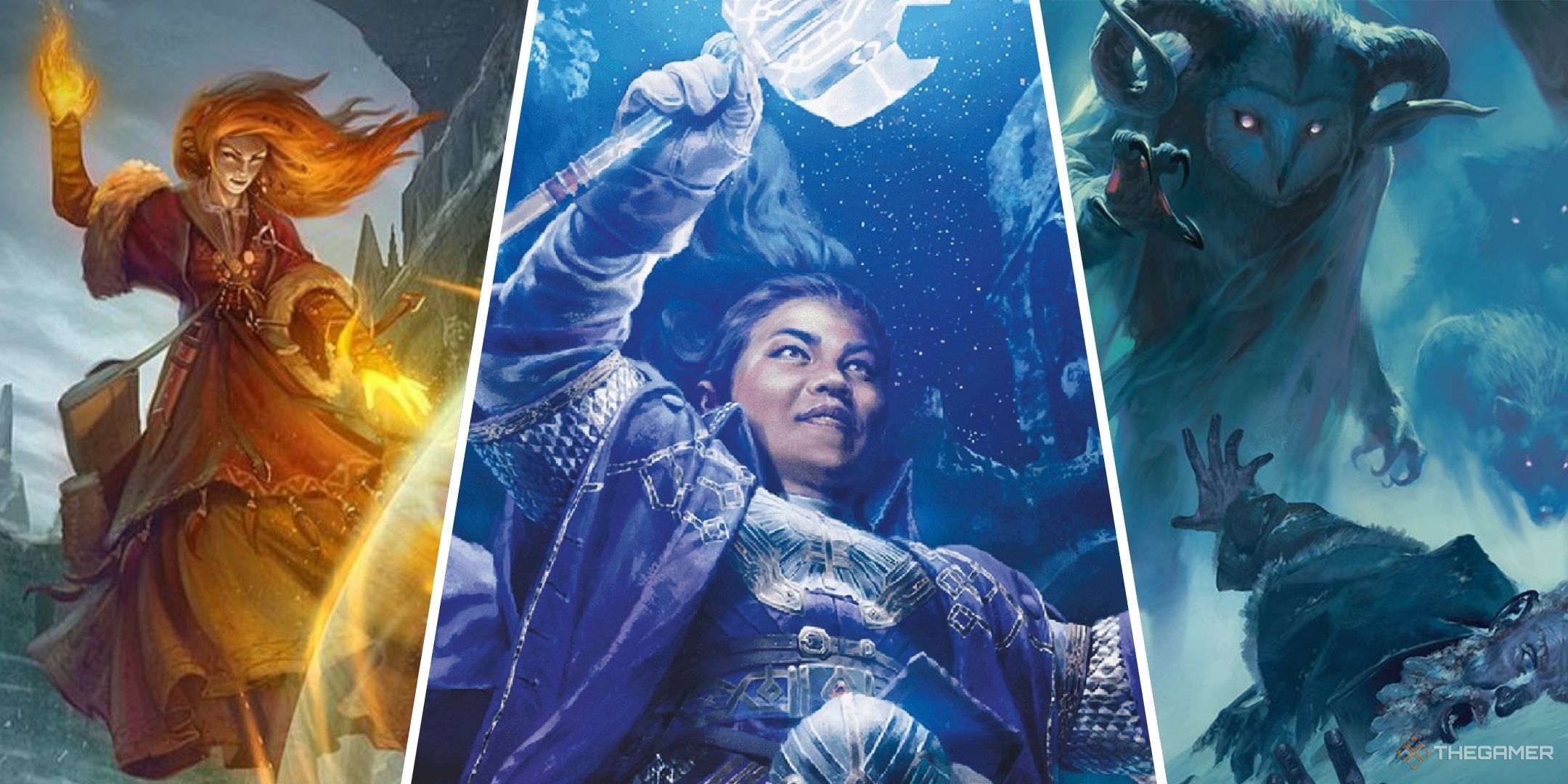
Related
Dungeons & Dragons: The 21 Most Useful Fourth-Level Spells, Ranked
There are a bunch of great 4th level spells in D&D, but these are the most useful.
Slowed beings cannot make more than one attack on their turn. Slowed targets may still cast spells, but if the casting time is one action, there is a 50 percent chance that the spell will be delayed until the following turn, forcing the use of that turn’s action as well.
9
Protection From Energy
|
School |
Class |
Description |
|---|---|---|
|
Abjuration |
Cleric, Druid, Ranger, Sorcerer, Wizard |
Gain resistance to an element. |
Protection From Energy can provide a lot of different spellcasters a bit of extra protection for themselves or others with one quick cast. It’s a concentration spell that they can cast on a willing creature that provides resistance from one type of damage; either thunder, acid, fire, cold, or lightning.
When a creature has resistance, it only takes half of the damage dealt by an attack that deals a specific type of damage. Sometimes shaving off damage dealt makes the difference between living to fight another round or dying.
8
Fly
|
School |
Class |
Description |
|---|---|---|
|
Transmutation |
Sorcerer, Warlock, Wizard |
Gain flight speed. |
Many DMs wish this had been a higher-level spell, as the power of flight can be a game-changer. To make matters worse for DMs, the 5e version of fly allows the caster to imbue an additional person with flight for every spell slot used to memorize it above third. The recipient of fly can move through the air at a speed of 60.
The spell does not mention concentration being required to maintain the effect, so the caster is free to rain down spells from above. The spell also does not mention anything regarding maneuverability, so it is assumed that a character under the effects of this spell can hover in one spot if desired.
7
Spirit Guardians
|
School |
Class |
Description |
|---|---|---|
|
Conjuration |
Cleric |
Become surrounded by damaging spirits. |
Spirit Guardians lets you summon protective spirits that surround you up to 15 feet. When a creature that hasn’t been designated to be within that 15-foot space enters or starts its turn in that area, you can deal them 3d8 radiant damage, or necrotic damage, if you’re evil-aligned.
They have to make a Wisdom saving throw to determine if they take full damage on a failed save or half damage on a successful save. Their speed is also halved, and the spell can be cast at higher levels, adding another 1d8 of damage for every additional level.
6
Crusader’s Mantle
|
School |
Class |
Description |
|---|---|---|
|
Evocation |
Paladin |
You and your allies deal extra radiant damage. |
Crusader’s Mantle creates a 30’ radius aura about the caster that causes all successful attacks by those friendly to the caster to deal an extra 1d4 points of damage. An extra 1d4 doesn’t seem like much, but over the course of the spell’s duration of one minute, this could add up to a significant amount of damage.
Especially tough opponents can be brought down much faster if the party concentrates all their attacks on them while under the effects of Crusader’s Mantle. This spell does require concentration on the part of the caster, so they’ll be limited until it expires.
5
Fireball
|
School |
Class |
Description |
|---|---|---|
|
Evocation |
Sorcerer, Wizard |
Create a fiery explosion. |
Fireball is one of those spells that will cause players to run a wizard due to its reputation for causing destruction. Fireball allows the caster to direct a ball of fire to any spot within the 120’ range, at which point it explodes and deals significant damage to everyone in a 20’ radius.

Related
Dungeons & Dragons: The 16 Most Useful Ninth-Level Spells, Ranked
Hitting level nine in Dungeons & Dragons could give you access to some incredible spells. Here are the best.
The damage is 8d6, but the damage is halved with a successful Dexterity saving throw. This spell is also scalable, adding a 1d6 for every spell slot it occupies above third. In previous editions of D&D, the damage of a fireball was capped at 10d6, but in 5e, this cap has been removed.
4
Create Food And Water
|
School |
Class |
Description |
|---|---|---|
|
Conjuration |
Cleric, Paladin |
Create food for your party. |
Provisions are something that a party might not think about until it’s too late, or perhaps they end up on an unplanned adventure in a place where food and water are scarce. That’s when the Create Food And Water spell goes from being handy to life-saving.
It’s not just a few snacks, either. This spell creates 30 gallons of water and 45 pounds of food, enough to sustain an average-sized adventuring party and their mounts for a full day and night. It’s nothing fancy, but it’ll keep you fed, and players should note that the food spoils after 24 hours, but the water lasts for as long as it would normally.
3
Call Lightning
|
School |
Class |
Description |
|---|---|---|
|
Conjuration |
Druid |
Summon a bolt of lightning. |
Like Fireball, this spell has been greatly improved over previous versions. Call Lightning allows the caster to summon a storm cloud, so the area must be able to contain this cloud. Every turn, the caster can target an area with a lightning strike from the cloud. All people within 5’ of the lightning strike must make a dexterity save or suffer 3d10 points of damage, and a passed save reduces the damage by half.
This spell lasts for ten minutes, meaning that the caster can ultimately deliver a whopping 300d10 over the course of the spell’s duration. This spell is also scalable, adding a 1d10 for every spell slot above third used. Also, this spell does an extra 1d10 if used during a storm.
2
Vampiric Touch
|
School |
Class |
Description |
|---|---|---|
|
Necromancy |
Sorcerer, Warlock, Wizard |
Steal hit points from an enemy. |
Spellcasters are always looking for ways to boost their health, whether it’s boosting their Constitution that they have more of it, improving their AC to protect it, or learning spells like Vampiric Touch to siphon it from their enemies.
You have to be within reach of the target and make a melee spell attack. With a successful hit, the target takes 3d6 necrotic damage and heals you for half of that. The nature of this spell is one that fits the profile of a Warlock or Wizard, but this also appears in scroll form that other classes might be able to use depending on their abilities.
1
Revivify
|
School |
Class |
Description |
|---|---|---|
|
Necromancy |
Cleric, Druid, Paladin, Ranger |
Revive a creature. |
In previous editions of D&D, the ability to revive the dead was an ability only high-level clerics could access. In 5e, this ability becomes available at fifth level, so a low-level party is no longer forced to spend all their gold reviving a fallen companion. The caster must be able to touch the target, and Revivify must be cast within one minute of the target’s death.
This spell cannot be used to bring back someone who died of old age and does not regenerate missing limbs or cure ailments like poison or disease. The recipient of this spell is revived with one hit point, so healing will need to be administered before they can rejoin a fight, but at least the player isn’t forced to create a replacement character.


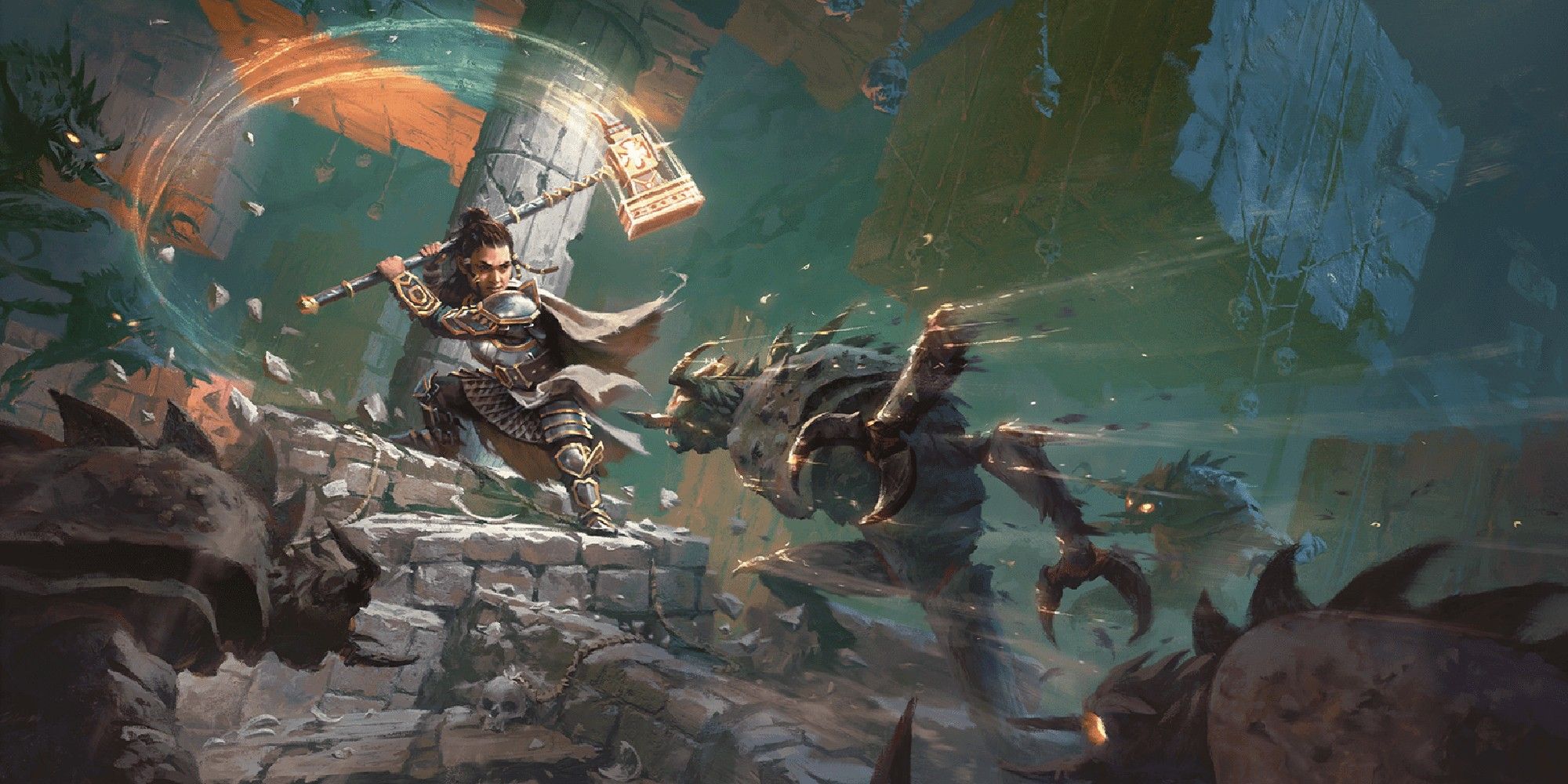








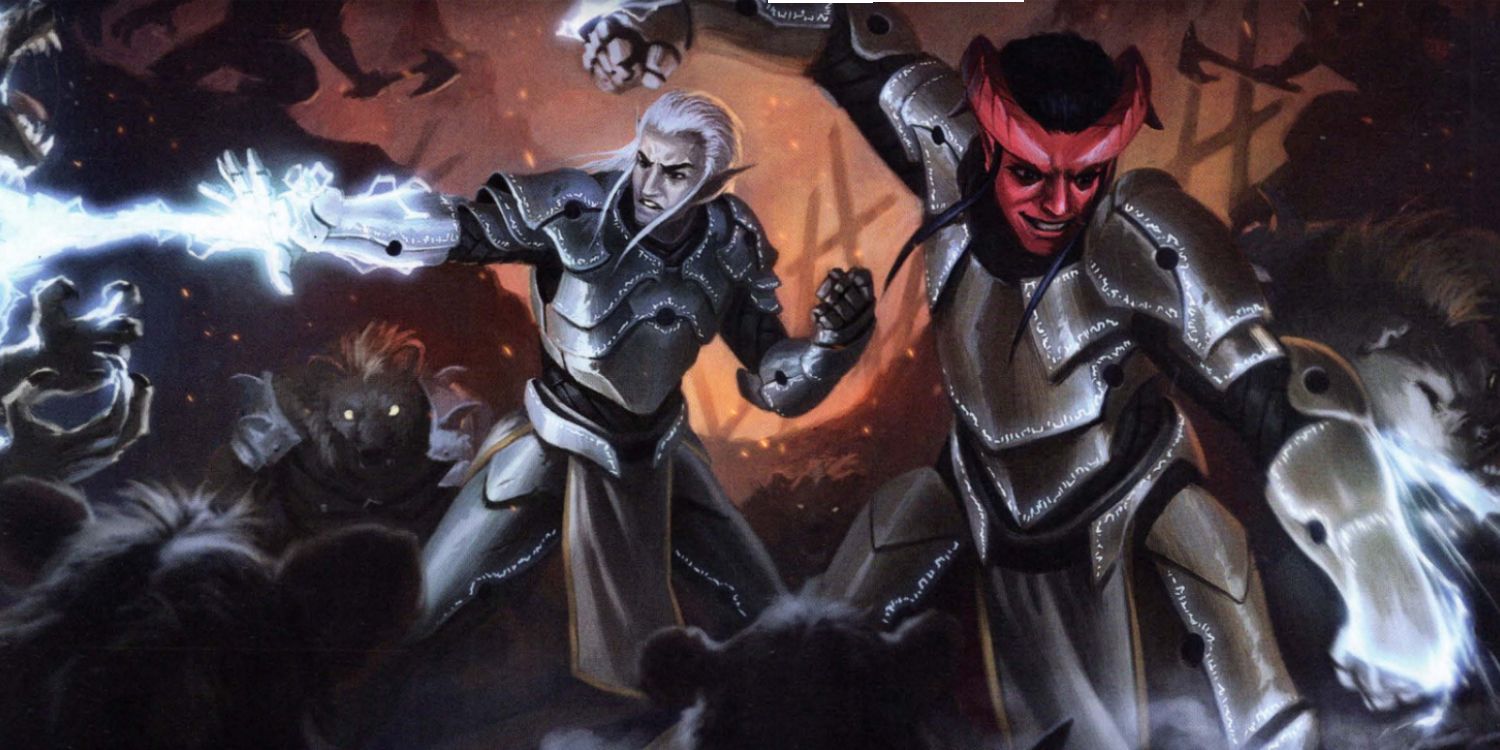




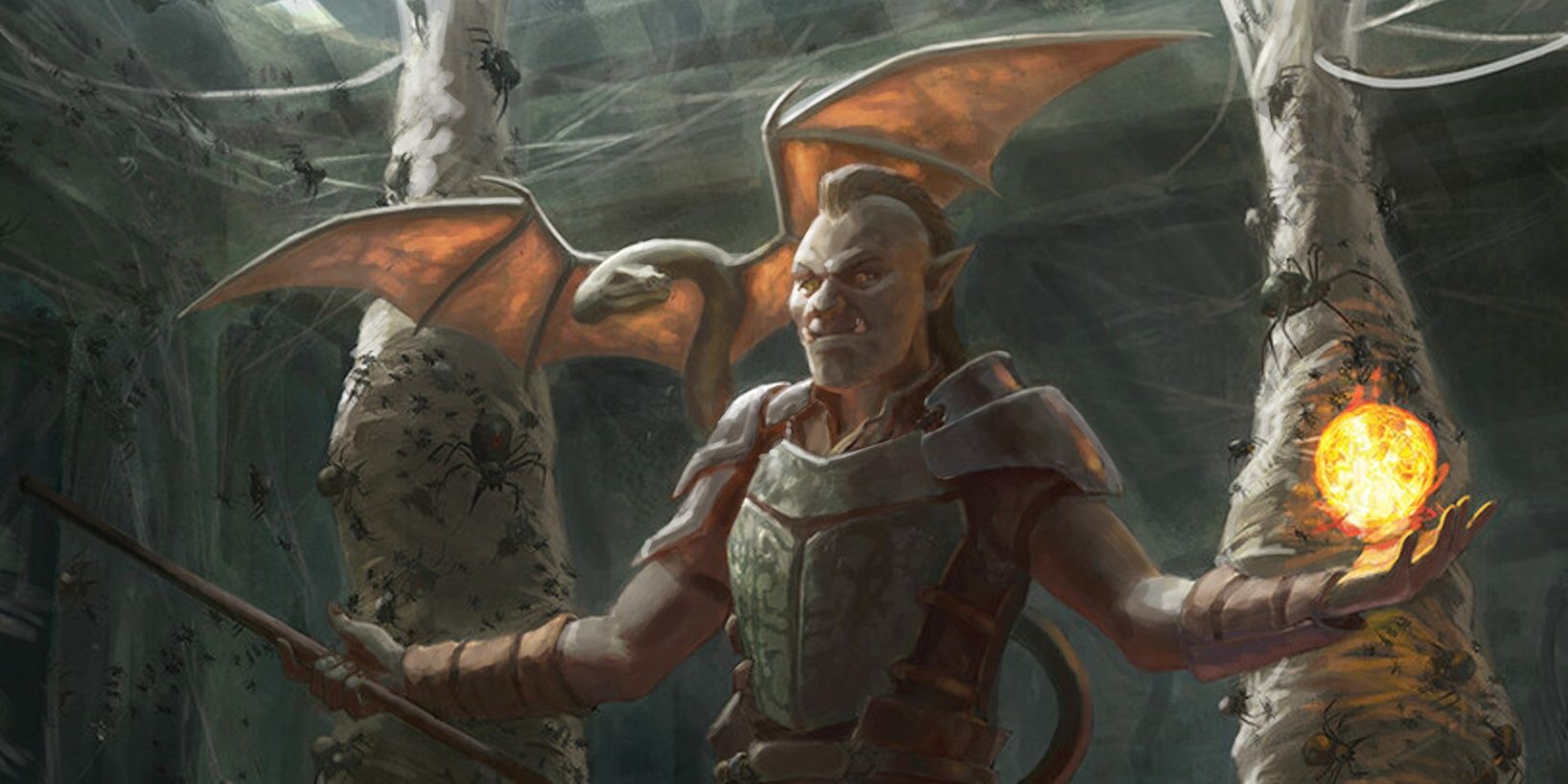


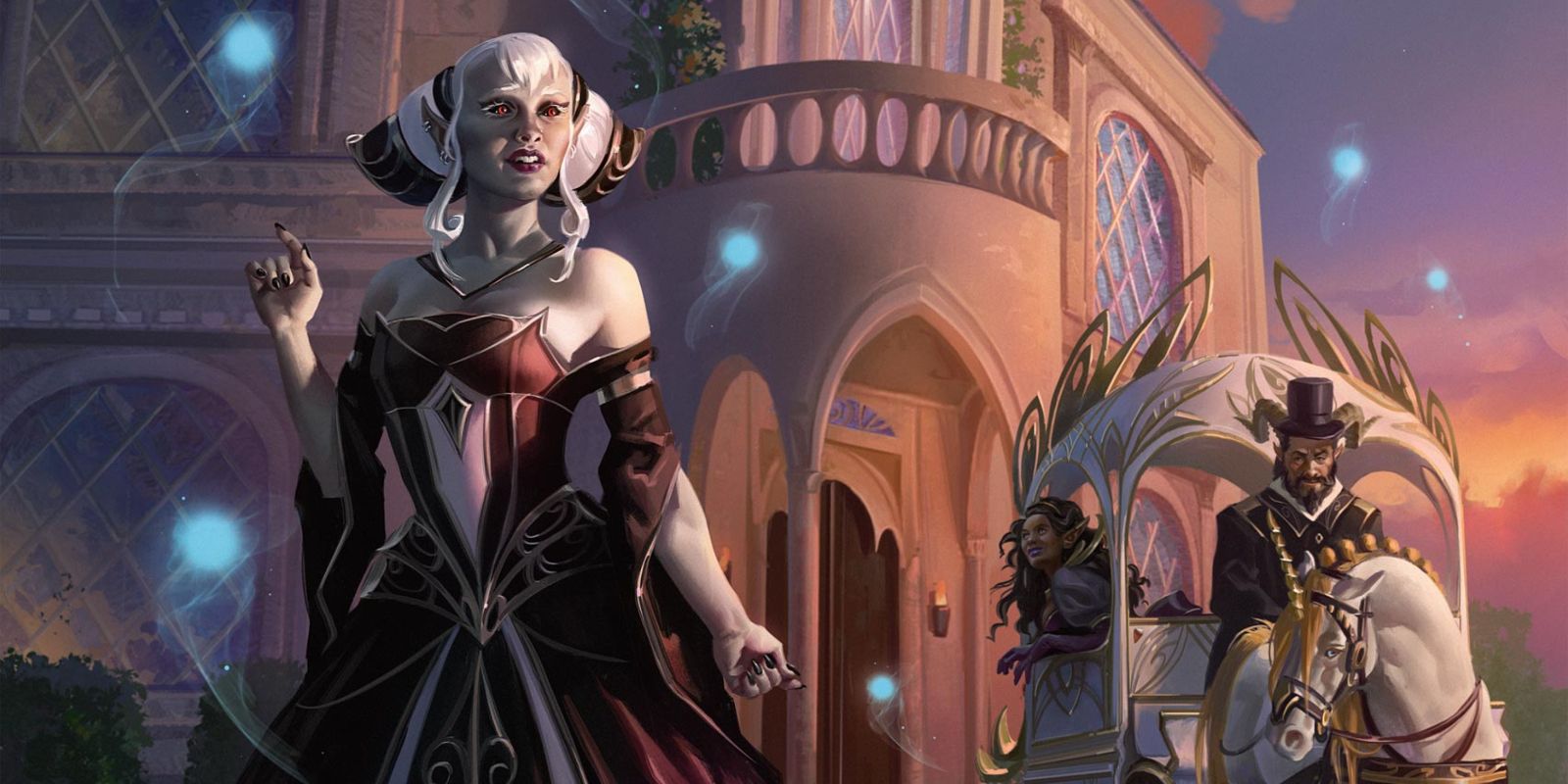





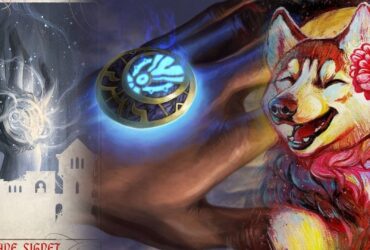





Leave a Reply